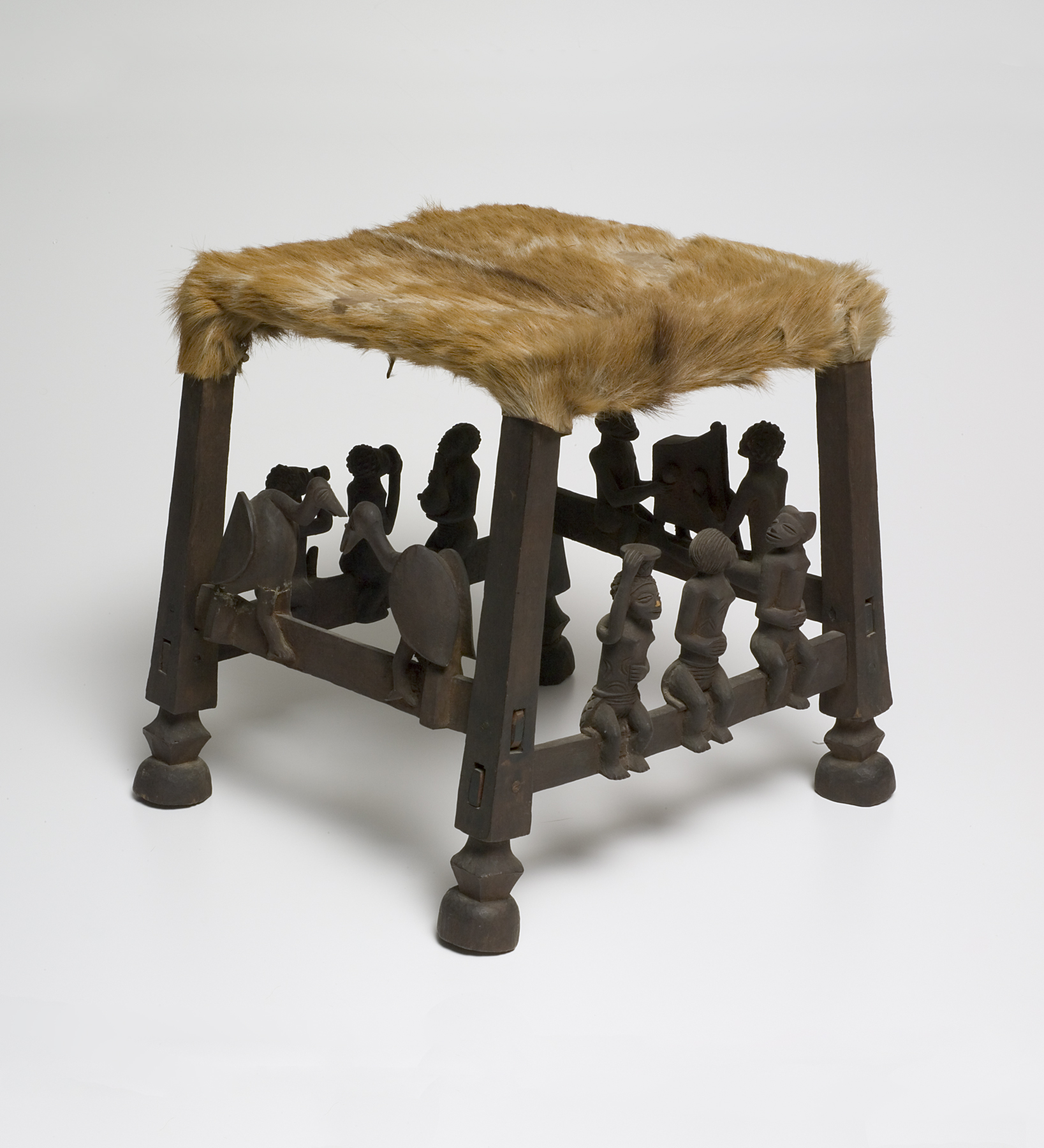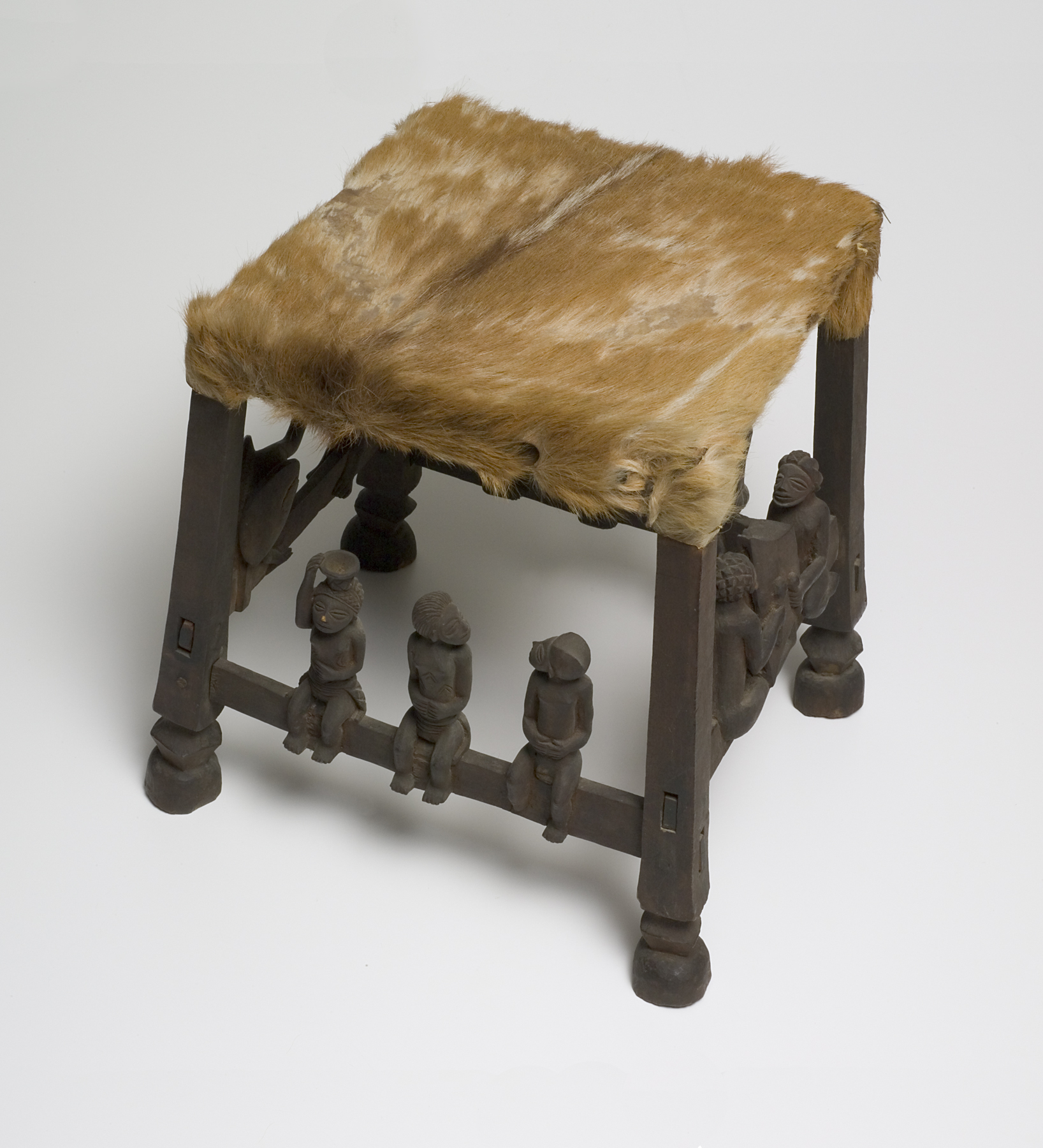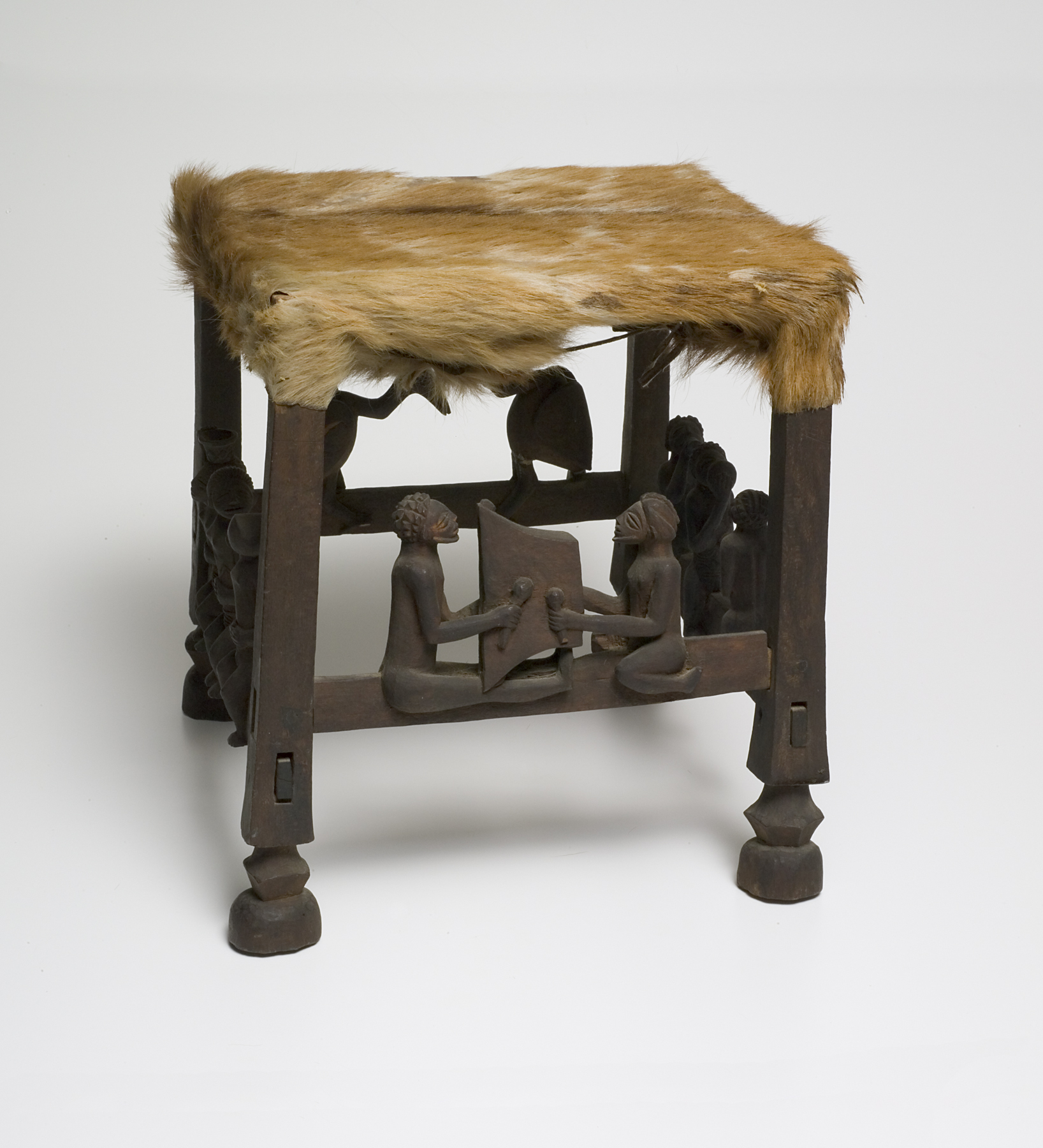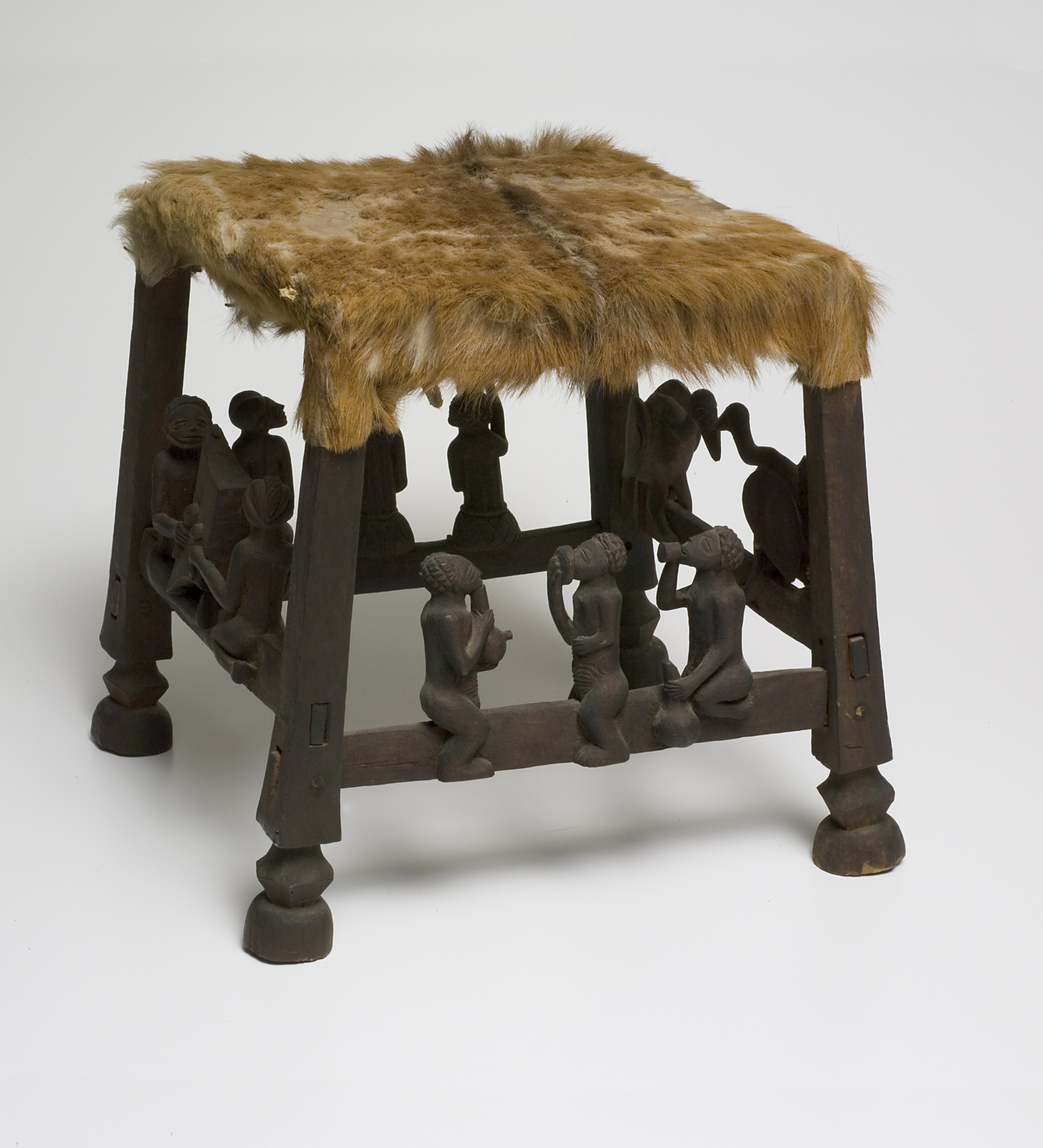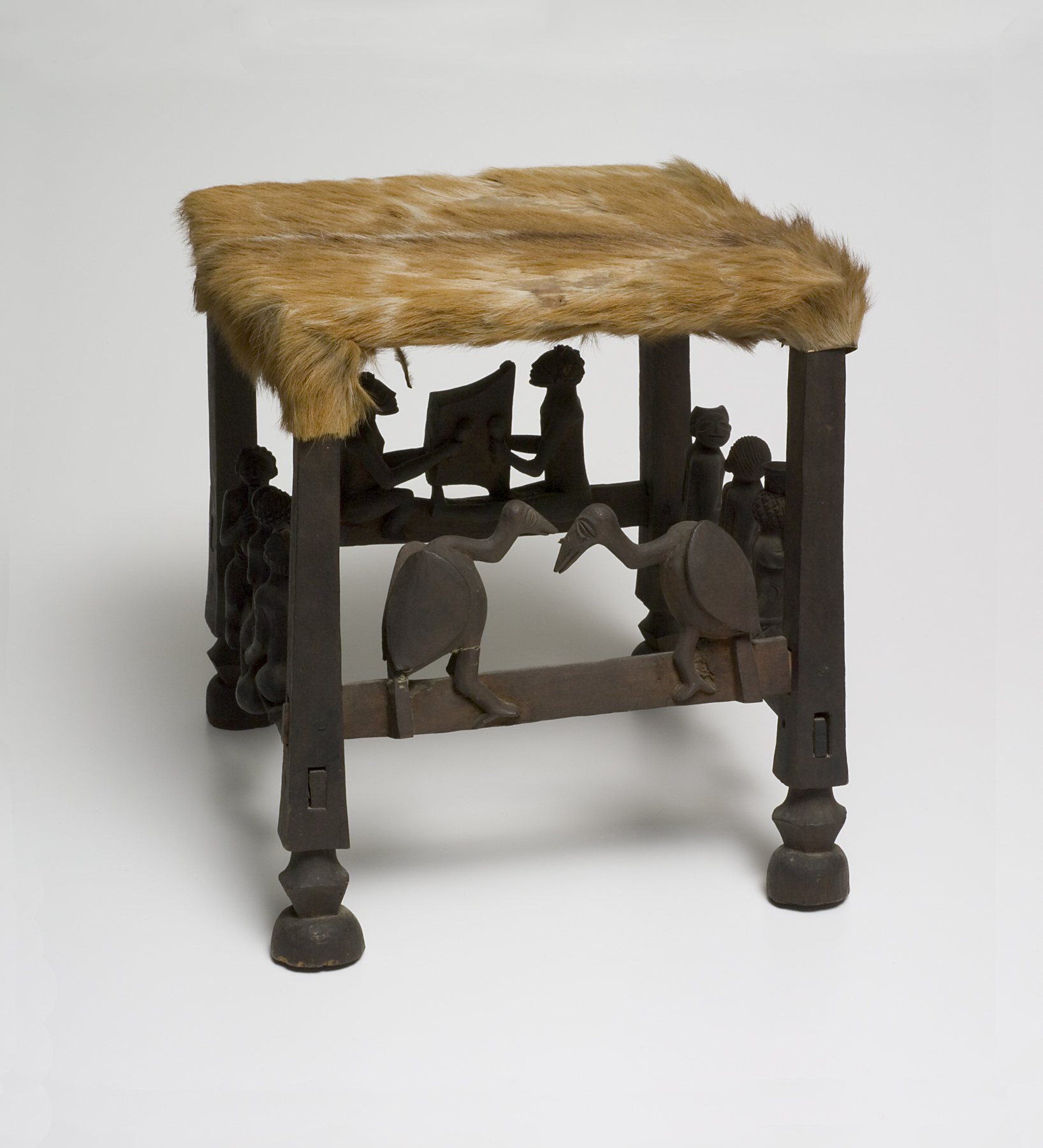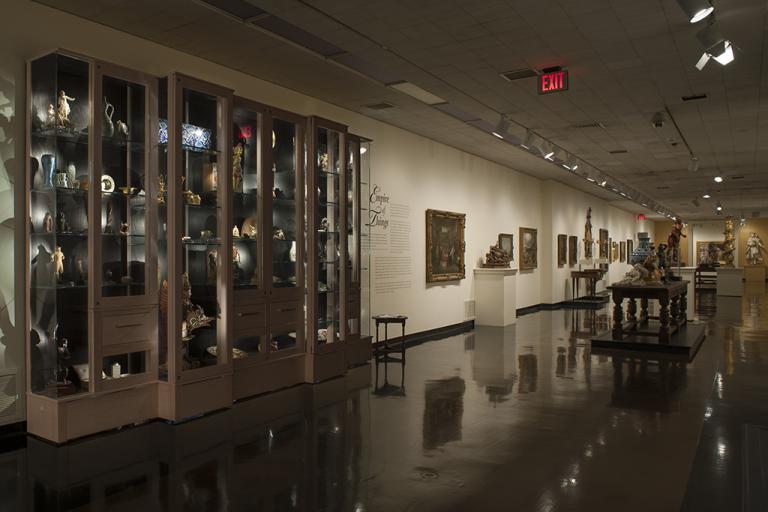ngunja (carved stool), unrecorded Chokwe artist
Artwork Overview
unrecorded Chokwe artist, artist
ngunja (carved stool),
late 1800s–1914
Where object was made: Angola
Material/technique: carving; wood; antelope hide
Dimensions:
Object Height/Width/Depth (Height x Width x Depth): 32 x 34.5 x 30 cm
Object Height/Width/Depth (Height x Width x Depth): 12 5/8 x 13 9/16 x 11 13/16 in
Object Height/Width/Depth (Height x Width x Depth): 32 x 34.5 x 30 cm
Object Height/Width/Depth (Height x Width x Depth): 12 5/8 x 13 9/16 x 11 13/16 in
Credit line: Gift of Claude D. Brown
Accession number: 2007.0324
Not on display
If you wish to reproduce this image, please submit an image request

